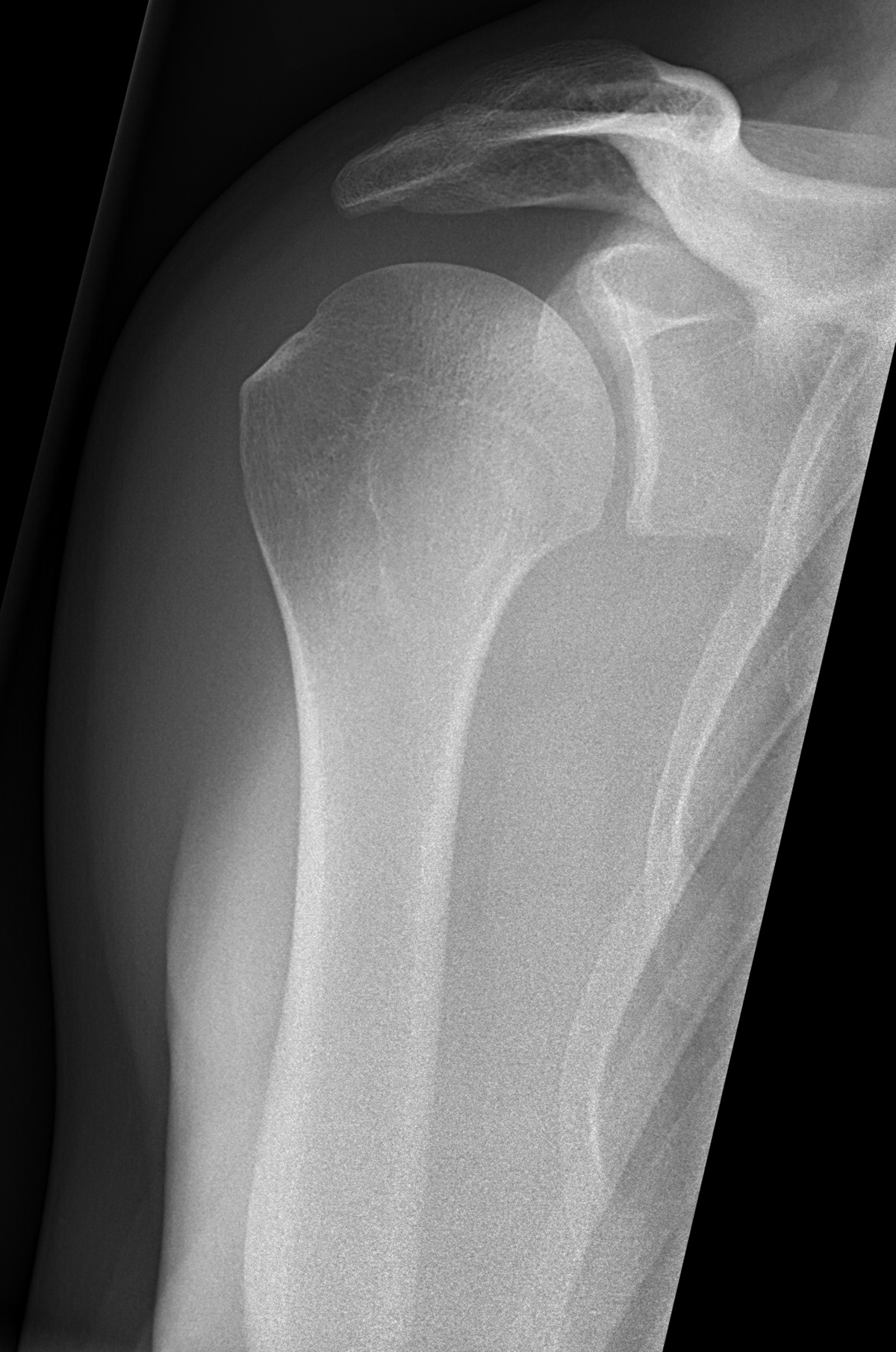
Tennis shoulder, pitcher's shoulder, shoulder impingement, shoulder tendonitis, rotator cuff tendonitis - these are all common names for a common problem. This problem can affect anyone. So, what is the problem? Rotator cuff tendonitis is an inflammation of the tendons of the rotator cuff. Rotator cuff is a group of four muscles and their tendons, that is responsible for the horizontal and vertical motion of the shoulder. Two muscles pull it up, one pulls it back and one forward (these tow when the hand is horizontal while you are standing). Muscles of the rotator cuff attach to the scapula on one end and on the bone of the upper arm on the other end, and hold the joint in place. Rotator cuff tendonitis is followed by pain, swelling and irritation of the shoulder.
Causes, symptoms, diagnosis
The principal cause of rotator cuff tendonitis is sports injury, when the arm is moved above the head repeatedly, as in racket sports such as tennis, or in baseball (pitcher's shoulder, remember), weightlifting and similar. Inflammation can even cause the tendon of the rotator cuff to tear, that is, to detach from the bone. This form of injury is more common in people over forty years of age.
Some of the symptoms include pain when the arm is moved, weakness in the arm when rising it over the head, night pain in shoulder, and similar.
Diagnosis is set by X-ray and MRI scan and insight into history of the problem. Arthroscopic exam will be required in rare cases.
Treatment
Physical therapy and painkillers if the pain is strong suffice for most patients. These are aimed at strengthening the muscles and at relieving the pain if necessary for start of the therapy. Surgery is needed only if the tendon has torn form the bone, as it cannot reattach itself back in place without help, or if the conservative methods therapy yield no effect and symptoms are persistent. Arthroscopic surgery is the most common method, It is minimally invasive (less scars, less damage to the surrounding tissue and muscles during the operation, less pain afterwards). Bone spur and inflamed tissue around the shoulder joint are removed by this method, and tear, if there is one, is repaired. In some cases, classic open surgery will be necessary.
Recovery
It takes some time for the torn tendon to heal, typically around a month and a half. Physiotherapist will exercise the patient's shoulder at this time, to retain the mobility of the joint while avoiding the use of one's own muscles. The return of the shoulder muscles to their full strength cal last up to two years, while most of the strength is regained after half a year after surgery. It is important to exercise the shoulder regularly.



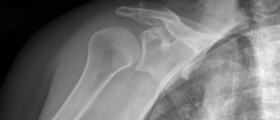





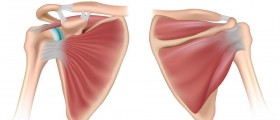



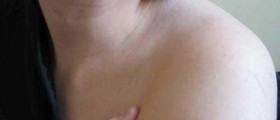
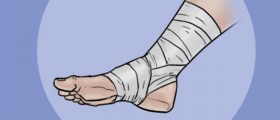


Your thoughts on this
Loading...